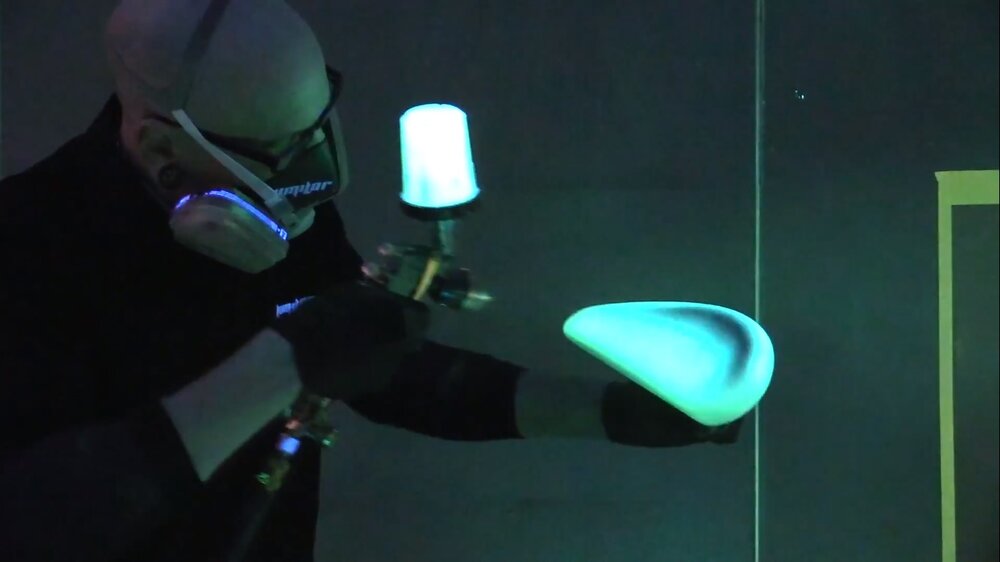

"Removable" residual radium is loose radium that presents a hazard if disturbed and subsequently ingested or inhaled. Investigators also found removable residual radium in disconnected exhaust ductwork in the ceiling crawl space above the luminous paint unit at Robins and in a disconnected exhaust fan area at Griffiss. Major Martilla said this has been absorbed into building materials, such as flooring and baseboards, and does not present a significant hazard unless disturbed through invasive activities like demolition or cutting. (Air Force officials) confirmed this through this investigation."Īccording to the study’s report, investigators found fixed residual radium at more than 15 locations on the former radium paint room floors and several associated areas. "Radiation-exposure levels were not expected to be much greater than exposures from radium found naturally in the environment and building materials. Kevin Martilla, Air Force Materiel Command radiation programs chief.


"Radium is a naturally occurring element found at low levels in soil, water, rocks and coal," said Maj. This maintenance was done in rooms officially designated as "luminous paint units." The team also checked the buildings for radon, a byproduct of radium decay. Radium was used in paint to make aircraft instrument markings glow in the dark, officials said. The team focused on these bases because people assigned there used radium paint and repaired items coated with the radioactive substance during the World War II era. Fairchild AFB, Wash and the former Griffiss AFB, N.Y. They were here and at Hill Air Force Base, Utah Robins AFB, Ga. WRIGHT-PATTERSON AIR FORCE BASE, Ohio (AFPN) - Official test results from six Air Force facilities indicate building occupants and visitors are not at risk from radioactive material left over from luminous paints used at the bases 60 years ago.Īir Force Institute for Operational Health experts from Brooks City-Base, Texas, examined facilities at six bases. Air Force Materiel Command Public Affairs.


 0 kommentar(er)
0 kommentar(er)
